Kahlúa Bean to Bottle Part I- 02.08.11
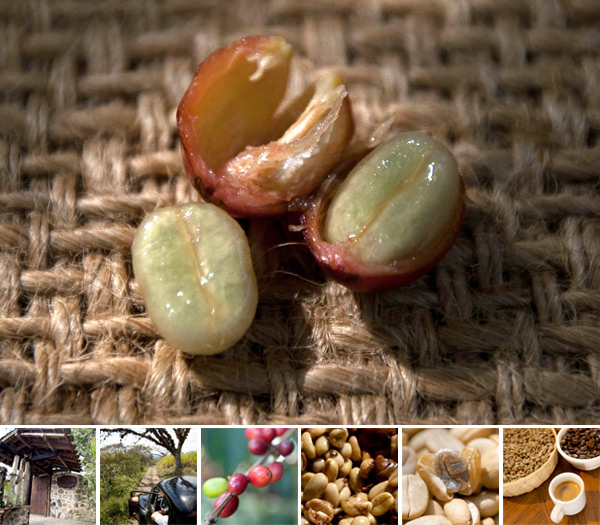 I must admit that i was rather lacking in knowledge about how coffee comes to be. I love a nice cup of espresso, and Kahlúa Especial has always been a coffee-licious favorite to have around the house… but before today, i couldn’t have told you what a coffee tree looked like… and definitely couldn’t have identified the cherry like fruits! So when Kahlúa invited me down to Mexico to learn about the 7 year Bean to Bottle process, i couldn’t resist a Mexican adventure into the rainforest to catch up! It’s been an absolutely surreal day wandering the rainforest, learning about the coffee making process, and even learning to make tortillas during lunch up in the coffee sanctuary while looking down on coffee plants and sugar cane fields on a perfectly sunny day. SO many pictures taken, but before i crash (and early flight to mexico city in the morning!) here’s a peek at where coffee comes from… starting at the plant to the roasting… check out all the pics on the next page!
I must admit that i was rather lacking in knowledge about how coffee comes to be. I love a nice cup of espresso, and Kahlúa Especial has always been a coffee-licious favorite to have around the house… but before today, i couldn’t have told you what a coffee tree looked like… and definitely couldn’t have identified the cherry like fruits! So when Kahlúa invited me down to Mexico to learn about the 7 year Bean to Bottle process, i couldn’t resist a Mexican adventure into the rainforest to catch up! It’s been an absolutely surreal day wandering the rainforest, learning about the coffee making process, and even learning to make tortillas during lunch up in the coffee sanctuary while looking down on coffee plants and sugar cane fields on a perfectly sunny day. SO many pictures taken, but before i crash (and early flight to mexico city in the morning!) here’s a peek at where coffee comes from… starting at the plant to the roasting… check out all the pics on the next page!
El Cafe-tal ~ home of the Museo de Cafe in Coatepec… and also the same family/company that has a lovely organic coffee sanctuary!
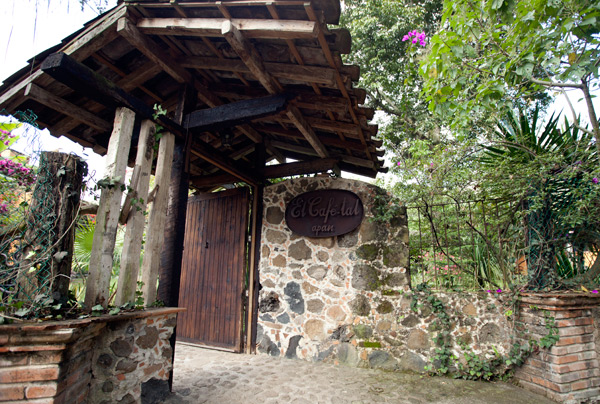
In a 1955 pickup ~ we road from the museum up to the sanctuary ~ seeing the prime Kahlua ingredients literally across the road from each other… coffee plants on one side, sugar cane on the other! I can’t even tell you how fun it was to ride through the lush, tropical climate back there… and then to get to trek around the sanctuary seeing where the trees are grown (under the shade of so many gorgeous shade and fruit trees filled with creatures and covered with various airplants!)… fun fact: Arabica can only be grown under the shade of other trees in a nice little ecosystem… which also means they end up needing to be hand picked through the forest… vs Robusta can be planted like fields and harvested by machine, but while stronger in caffeine content, apparently the flavor is not as rich.
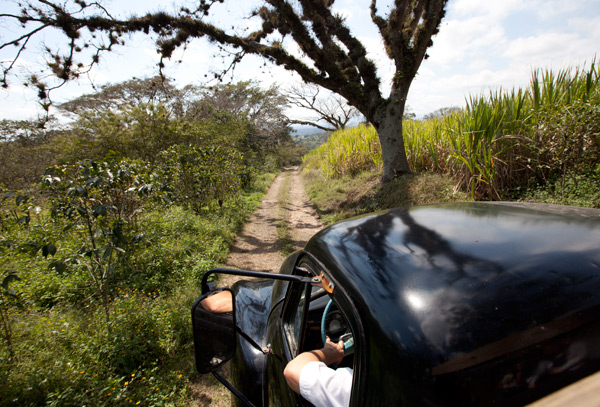
Learned about coffee fruits in their red cherry state that are prime for picking…
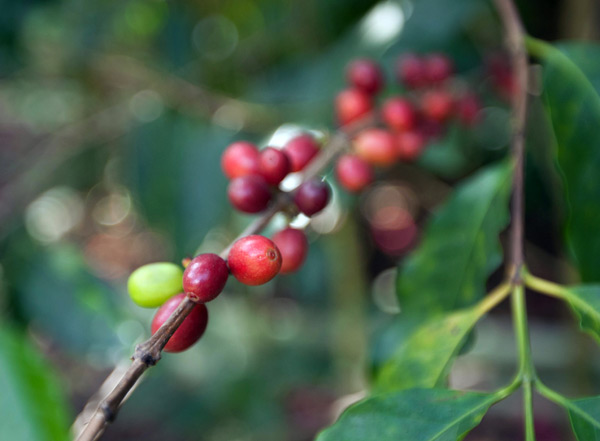
Had far too much fun tearing them apart to see the seeds within… covered with a fleshy greenish coating…
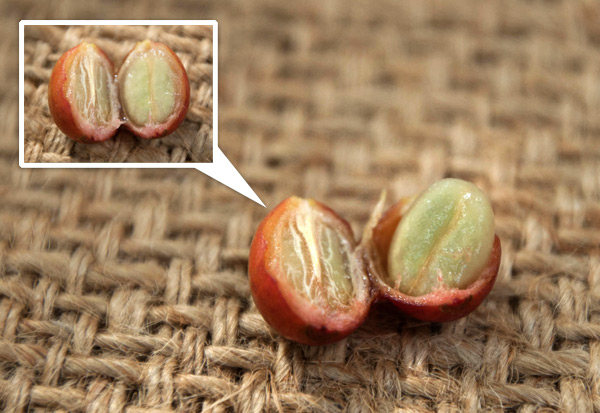
Bags of these coffee beans in their cherry state arrive from the fields… get peeled to their greenish, fleshy state…
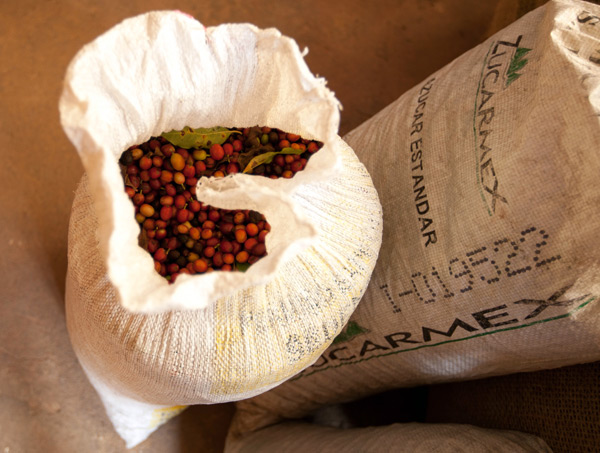
… then WASHED! to remove the coating…
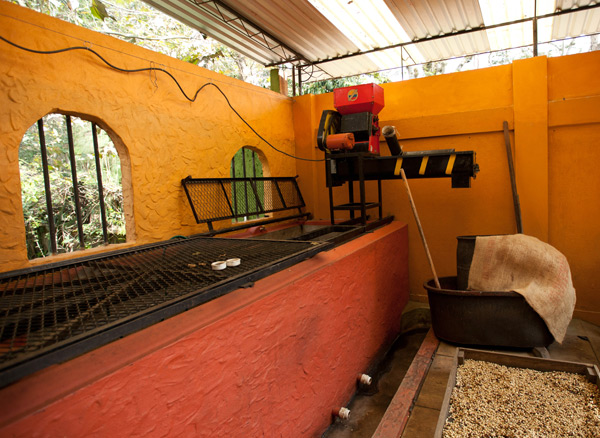
Next they are dried… ideally in the sun, but often driers are used for both speed and due to the high humidity in the area…
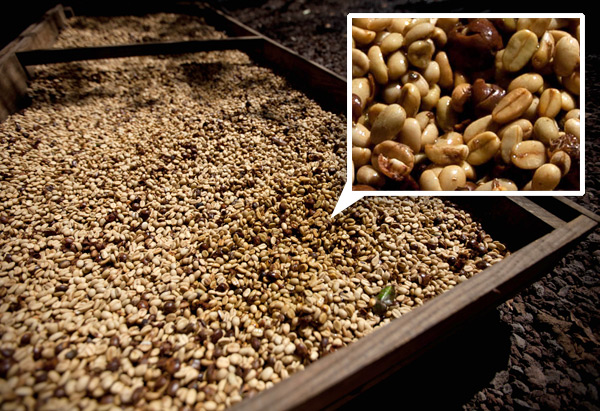
Once dried these are bagged again…
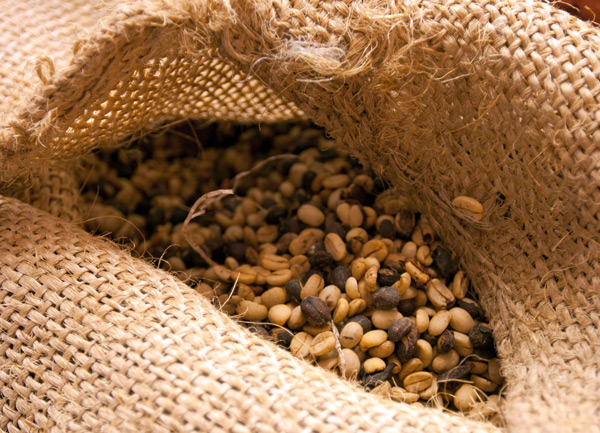
But they still need to be husked… to remove the paper like coatings around the seed (these make for great fertilizer when composted!)
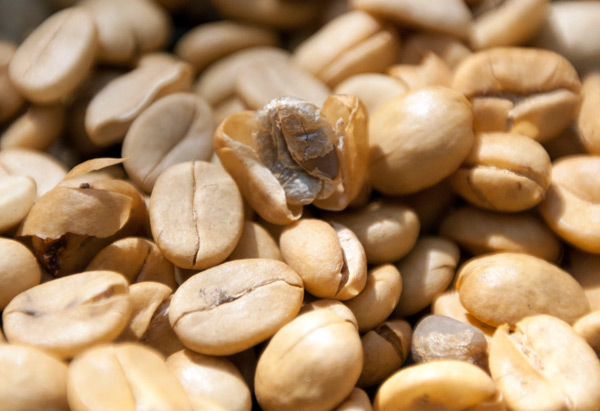
There are some magical machines for this…
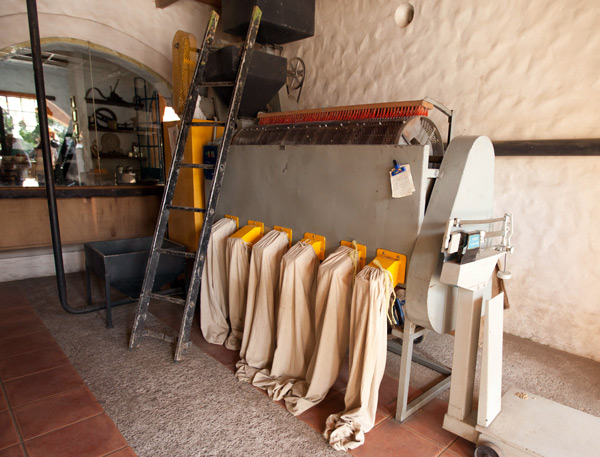
Essentially tumbling them through… and they end up sorted by size as they are brushed out of the machine… largest being best of course!
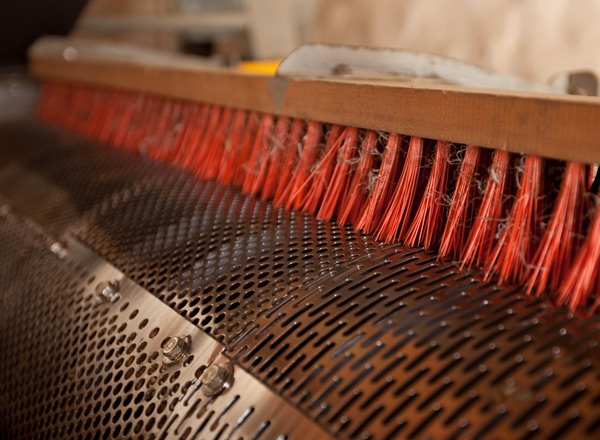
Now these beans begin their aging process before being roasted… then off they go to your perfect cup of espresso! But i think we’re learning more about the roasting and Kahlua making process at the factory as our adventure moves on to Mexico City tomorrow…
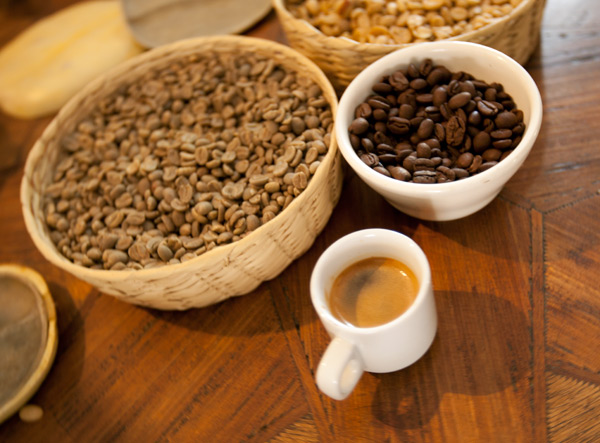




A little misinformation. Arabica can be grown under full sun and harvested by machine, as is the case in Brazil, which grows the most Arabica coffee of any nation. It is true, however, that lots of the Arabica grown in Mexico, Guatemala, Honduras, etc., is picked by hand.
As a coffee roaster for some years, these pictures confirm suspicions I had about Kahlua, a product I never cared for: They don’t use very good coffee. The bag of cherries pictured contains inconsistencies in ripeness. Anything other than bright red is less than ideal. In the picture where the parchment coffee is in the bag, there are a large number of dried cherry pods, with the pulp still on. Again, for a “washed” coffee like this, that would be an error. Also, Bigger beans are not “the best”. Some roasters are very fond of small “pea-berries” for their round shape and density.
----- Ian McCarthy 13.02.11 10:17